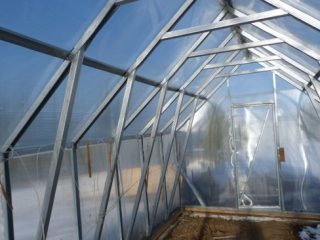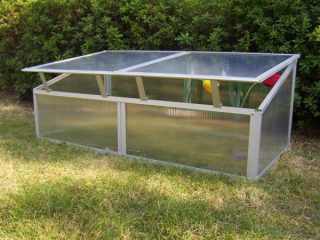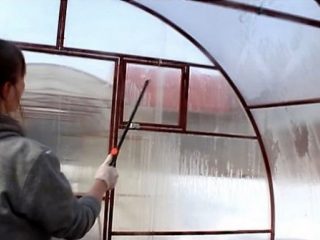Content
Gardeners and gardeners are constantly looking for effective ways to protect plants from adverse weather conditions, pests and diseases. One of the popular solutions in this direction is spunbond covering material. This material has a number of unique characteristics that make it an indispensable assistant in agriculture and homestead farming.
Spunbond is a non-woven material that is produced by spunbonding, that is, the joining of thin polypropylene fibers under the influence of high temperatures. Through this process, the material gains strength and durability while maintaining lightness and breathability.
Protective properties of spunbond
The main purpose of spunbond covering material is to protect plants from cold, wind, strong solar radiation and various insects. The material is able to retard the growth of weeds, not allowing sunlight to pass through, but at the same time allowing the soil to “breathe” and without interfering with watering. This creates favorable conditions for the growth of cultivated plants and reduces the risk of developing fungal diseases.
Advantages of spunbond in agricultural technology
The use of spunbond covering material in agricultural technology has many advantages:
- UV resistance - the material does not lose its properties when exposed to sunlight.
- Water permeability – spunbond allows water to pass through, which allows you to water the plants without having to remove it.
- Pest protection – the density of the material prevents insects from penetrating plants.
- Lightweight and easy to use - easy to cut and place on beds, does not require special fastenings.
- Durability - spunbond can be used for several seasons, which saves gardeners money.
- Environmentally friendly - the material does not emit harmful substances and is completely safe for the environment and plants.
Spunbond non-woven material comes in different densities, which allows you to choose the best option for specific conditions and types of plants. Thicker material provides better protection from the cold, while thinner material provides better breathability in the warmer months.
Application of spunbond in various conditions
Spunbond covering material is used not only in plant protection, but also in landscape design, when creating greenhouses and greenhouses, as well as when covering the soil to prevent its erosion. In winter, spunbond is used to protect perennial plants from frost, and in spring - to accelerate soil warming and early harvest.
When choosing spunbond for your garden, it is important to consider not only the density, but also the size of the roll, so that the material fully matches the size of the beds or greenhouses. It is also worth paying attention to the color of the material - white spunbond reflects sunlight better, while black helps maintain the required soil temperature.
The use of spunbond covering material greatly simplifies plant care, reduces the time spent fighting pests and diseases, and contributes to a more abundant and high-quality harvest. This makes it an indispensable tool for anyone who strives for efficient and environmentally friendly gardening.









